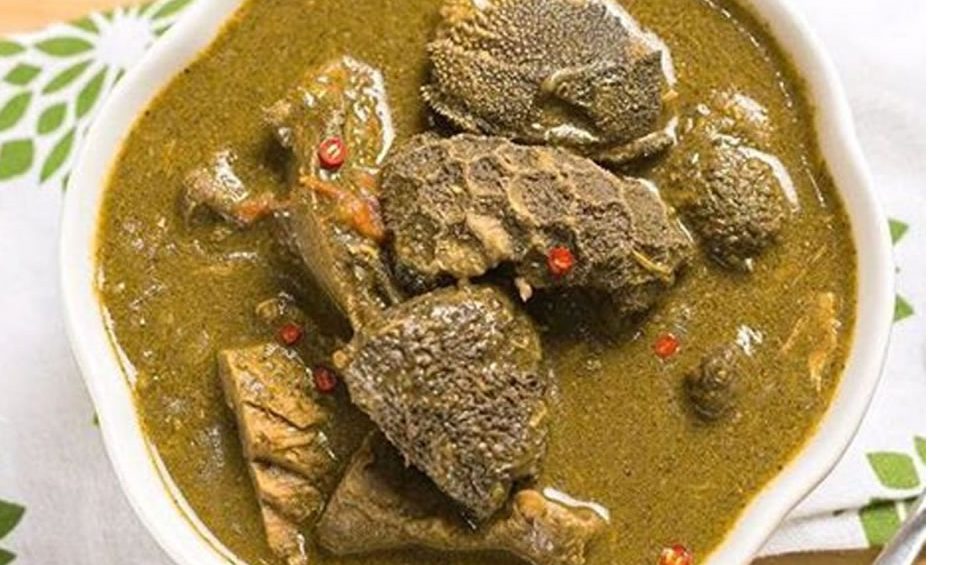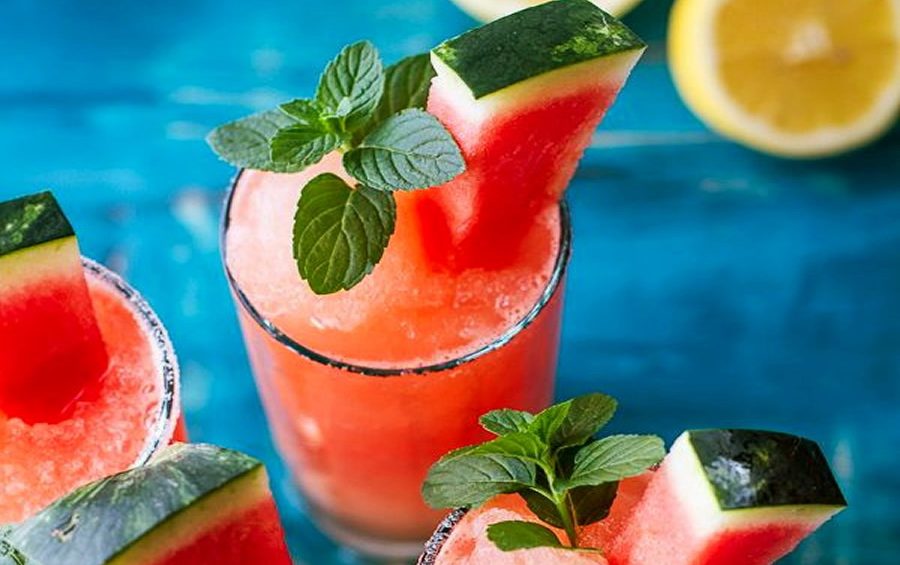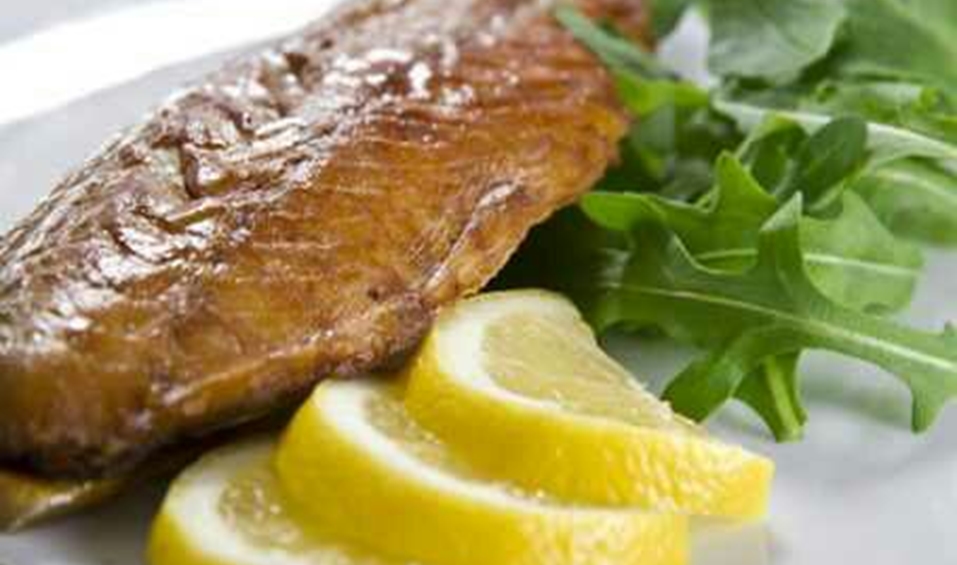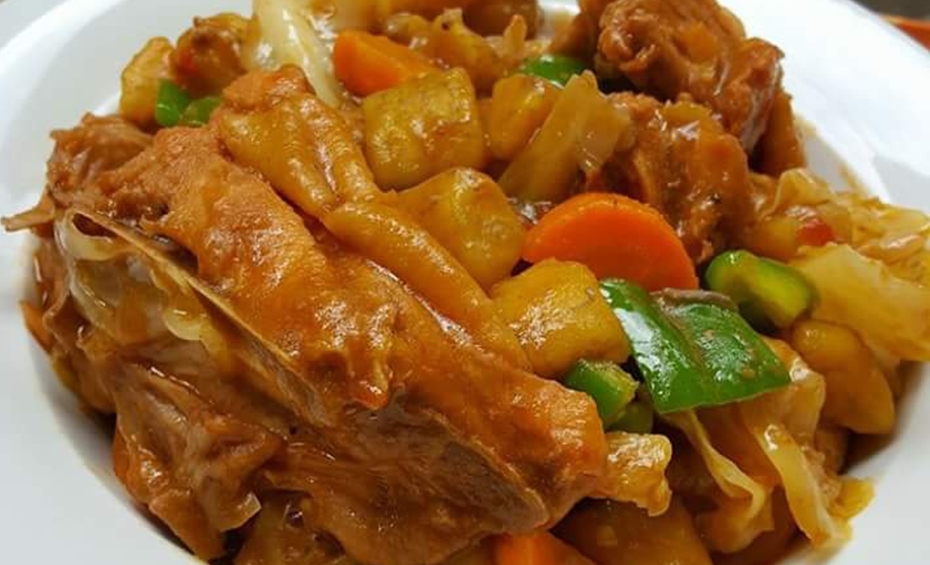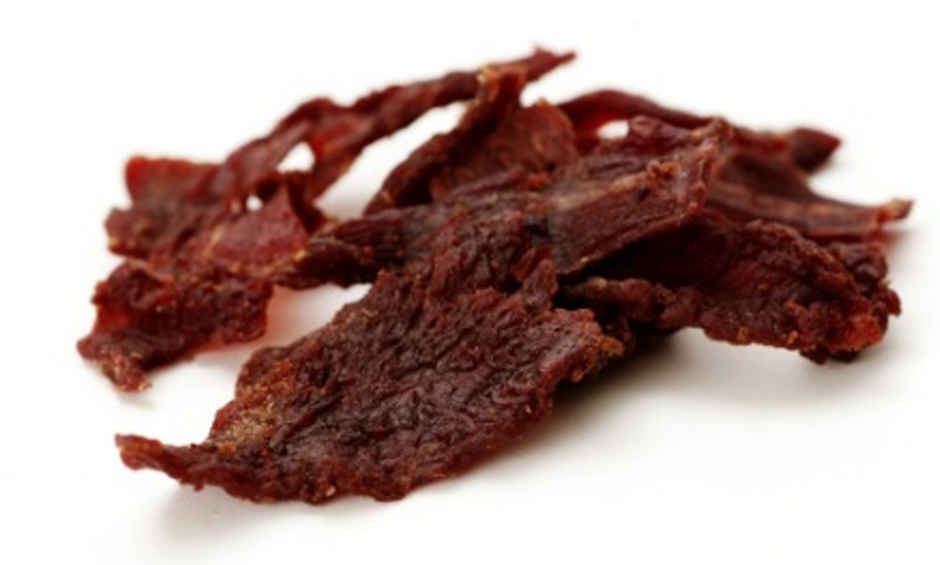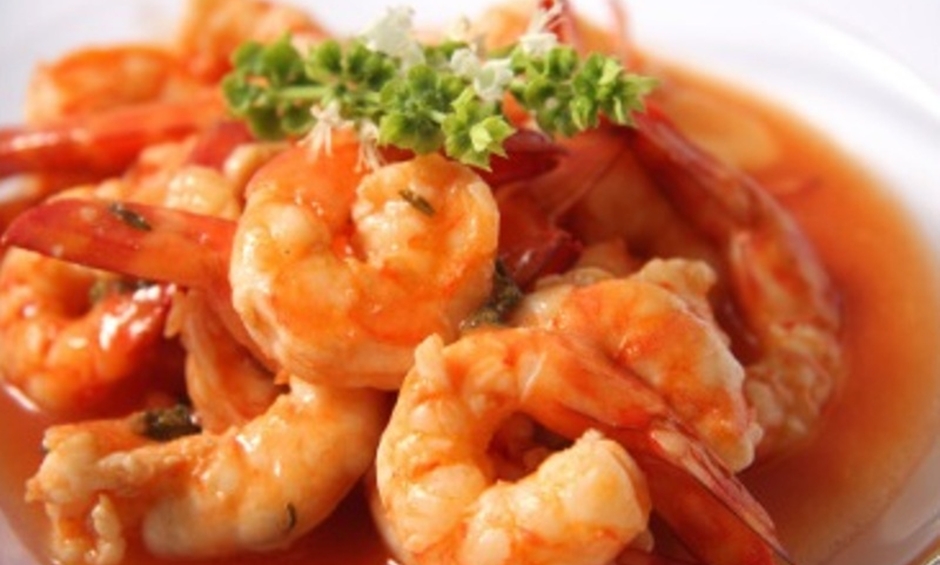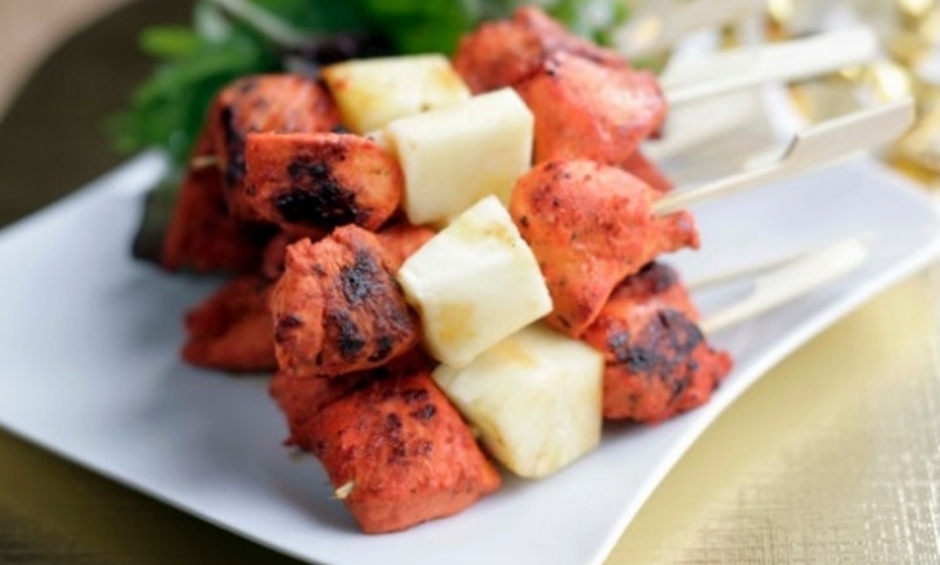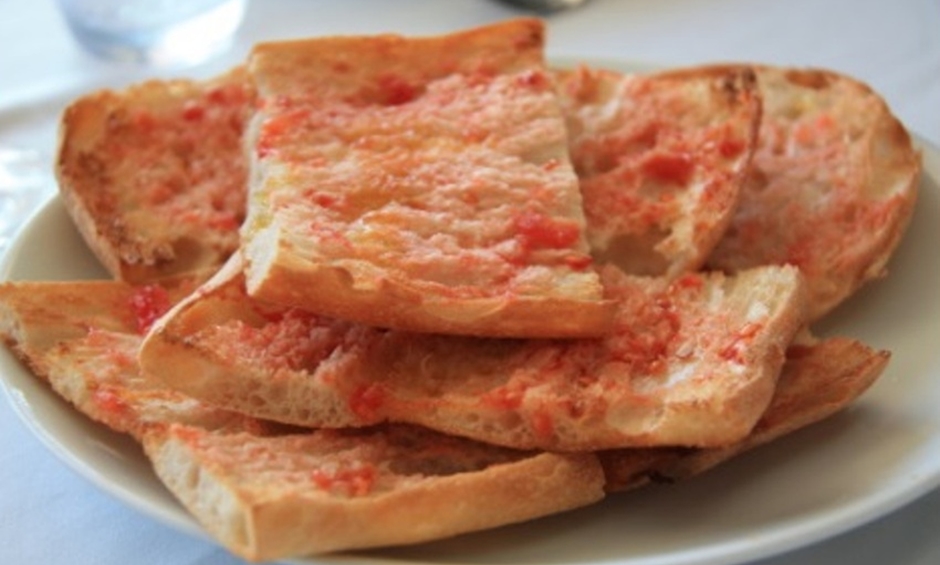Do you sometimes wonder what magic it is that bartenders perform in conjuring those delicious drinks? Well, there’s no magic to it. Cocktails are simply amazing and to rustle up a glass, you sure don’t need a master’s degree.
In need of a refreshing cocktail for a relaxing me time? Or a crowd-pleasing drink to enjoy with friends? Here’s something quick and easy – White Russian!
White Russian
White Russian is an all-time star treat perfect for any occasion or season. This is a variation of the original Black Russian with an addition of cream, hence the name White Russian. Not that it originated from Russian as named, but this tasty pleasure got its name primarily because it’s a vodka based drink.
A favourite vodka drink dating from as far back as the mid-1900s, the White Russian has made its place in history among vodka lovers and ladies especially because of its irresistible look and creamy taste. A sip of this drink and you’re sure to crave for more.
Let’s mix!
Ingredients:
• 10ml vodka
• 10ml coffee liquor
• 20ml cream (low fat milk can be substituted for cream if considering a healthier option)
• Ice cubes
Direction:
Fill a short-ball glass (old fashioned glass cup) on the rocks. Pour the measure of vodka into the glass, add in the coffee liquor and combine well. Top off with the cream. To get the layered effect, simply pour the milk into the glass over the back of a spoon gently.
***Hint:
Don’t have coffee liquor? Make some!
• 2 Tbsps Sugar (white or brown)
• 1 cup water
• 1 Tbsp instant coffee
• 1 Tbsp Vanilla extract
• 1/4 cup rum
Bring sugar, coffee and water to boil in a pot. Leave to cool for about 30mins then stir in your vanilla extract and rum. Voila! You’ve got yourself some good coffee liquor. Easy, right?
Store in a bottle and leave in a cool dark place for at least 2-3 weeks before use. The longer it stays, the better and stronger it tastes, although it can be utilised earlier!


